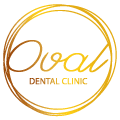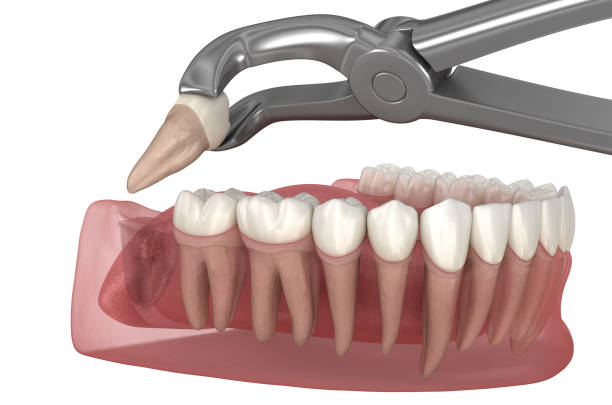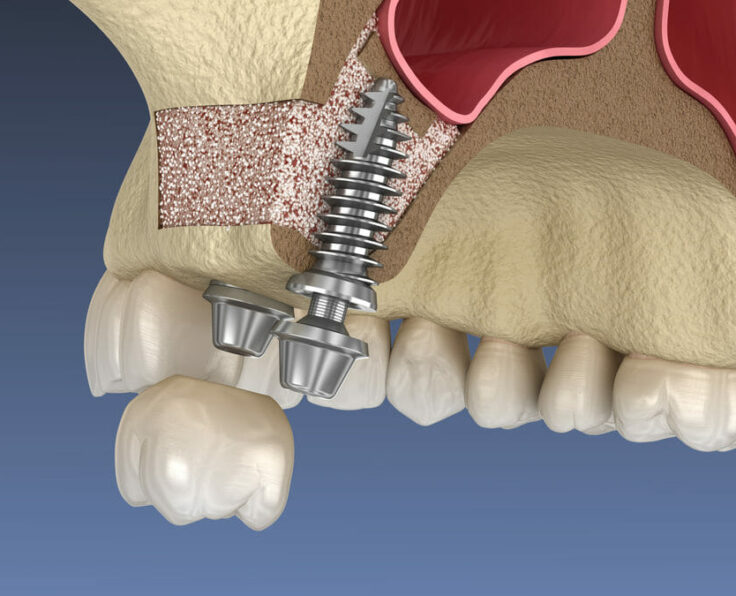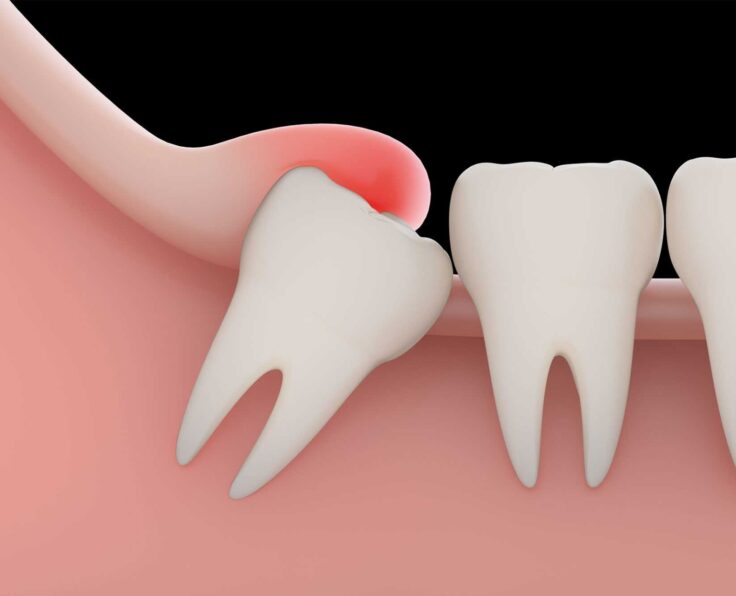Healthy Smiles Start Here
Call Us when you Need Help!
Bone grafting – building a better smile
Oval Dental Clinic specializes in bone graft dental services, providing advanced care for patients preparing for dental implants. Their team of specialists offers comprehensive dental grafting surgery, focusing on patient comfort and optimal outcomes. Their bone grafting solutions can transform dental health and contribute to a stronger, healthier smile..
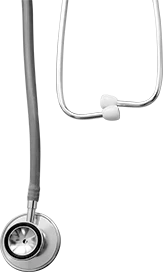
How to Know That You Need the Service
Tooth Loss and Bone Resorption
When a tooth is missing for a prolonged period, the surrounding bone can shrink or weaken due to lack of stimulation. If you’ve lost teeth years ago and are considering replacing them with implants or other prosthetics, bone grafting may be necessary to restore the bone structure.
Jawbone Trauma or Injury
Injuries resulting from accidents, fractures, or facial trauma can cause bone loss or deformities in the jaw. Bone grafting may be required to repair and restore the affected area for functional and aesthetic reasons.
Periodontal (Gum) Disease
Severe gum disease can lead to significant bone loss around the teeth. Symptoms include:
- Receding gums.
- Loose teeth.
- Deep pockets forming between the teeth and gums.
Considering Dental Implants
Bone grafting is commonly needed for individuals planning to receive dental implants. A healthy, strong jawbone is essential for the stability and success of implants. If you’ve experienced:
- Bone Loss: Often due to missing teeth for an extended period.
- Insufficient Bone Density: Detected during a pre-implant evaluation.
Congenital Conditions or Developmental Defects
Some individuals may be born with conditions that affect their jawbone structure, leading to:
- Insufficient bone development.
- Structural abnormalities in the mouth.
Our Process
1
Comprehensive Evaluation
The process begins with a comprehensive examination, during which the dentist evaluates the patient’s oral health and the need for bone grafting. This could include X-rays or 3D imaging to determine the extent of bone loss and arrange the grafting surgery.Our doctors employ modern imaging to evaluate your jawbone structure and identify the requirement for bone grafting.
2
Choice of bone transplant material
The dentist chooses the proper graft material based on the patient’s condition. Autografts (bone from the patient’s body), allografts (donor bone), and synthetic materials are all options. The decision is based on the size of the grafting area and the patient’s overall health.
3
Bone Graft Surgery
Local anaesthesia is used to numb the area. An incision is then made in the gum to reveal the bone that needs grafting.The chosen bone graft material is implanted in the appropriate location. A membrane may be used to preserve the graft while also encouraging bone regeneration.
4
Post-Surgery Care
Patients may feel swelling and discomfort following the operation, which can be treated with pain medication. Recovery time varies, but it often takes several weeks to a few months for the graft to merge with the existing bone. Patients are encouraged to eat a soft diet and practise proper dental hygiene throughout this interval
